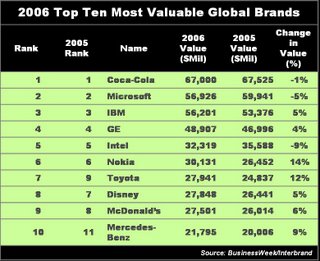Do You "Rent Or Own" Your Customers?
 Understanding The Difference Can Improve Return On Marketing Investment
Understanding The Difference Can Improve Return On Marketing Investment
By David Miranda
Is it better to buy or rent?
Normally, this question is one generally associated with major capital expenditure decisions in categories such as real estate and automotive. The question is also appropriate in making marketing expenditure decisions.
Today, with few exceptions, preference is perishable. This is primarily the result of two key factors - the relentless promotional landscape and the commoditization of brands. The synergy of these two factors encourages consumers to expect, all others things being equal, to purchase on price incented by continuous sales, widespread couponing, and other incentives. This promotes a high level of switching as consumers gravitate back and forth for the latest promotional offer. This is rented revenue. No sooner that the promotion ends, however, this consumer goes away.
Promotional offers may move the revenue needle in the short term, but they do not sustain growth or create brand loyalty - unless, however, you are Wal-Mart, Southwest Airlines, Costco, or Target and your brand strategy is "everyday low pricing". These companies share something in common with brands who forego relentless promotions for a strategy to "own" the consumer such as Apple and Starbucks.
There is nothing wrong with promotions. There is something very wrong with continuous promotions. Financially promotions are expensive, thereby, increasing the cost of marketing at a discounted price. The result is reduced margins. Many marketers justify promotions by arguing it generates increased traffic to stores or web sites which can then be converted from a promotional shopper to a loyal shopper. This is, however, wishful thinking. To prove the point one only has to conduct analyses on how many promotional shoppers continue to shop after the promotion. And like Pavlov's dog, once you have trained consumers to buy during promotional periods or with a coupon, they will do just that.
Marketers should carefully consider the use of the promotional tool. It should be the exception rather than the rule in tweaking revenue.
In marketing, it is far better to own rather than rent the consumer.











